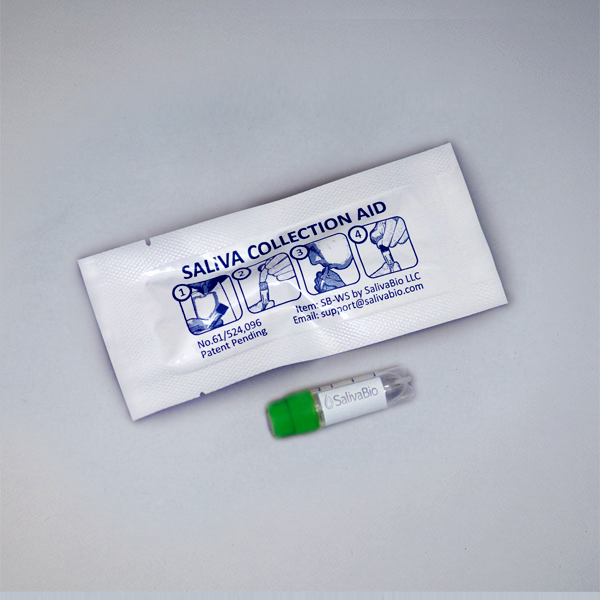Need Help?
Ask an expert
1. How to collect Salivary Interleukin-17A
APPROVED SALIVARY CYTOKINE COLLECTION METHODS
Salivary Cytokine Collection Protocol
Collection volume, general considerations, and basic guidelines to maximize salivary IL-17A sample integrity. Use this analyte-specific collection protocol to plan you collection methodology and sampling schemes.

2. How to Assay for Salivary Interleukin-17A
Send Saliva Samples to Salimetrics
Add to StudyEasy and accurate results from the most trusted Salivary Bioscience Laboratory.
Order Code5209
3. Technical Summary
| Analyte Summary | |
|---|---|
| Analyte: | Interleukin-17A |
| Aliases: | IL-17A, IL-17 |
| Serum-Saliva Correlation: | NA |
| Optimum Collection Volume: | 100 μL |
| Assay Summary | |
|---|---|
| Methodology: | ECL |
| Sensitivity: | 0.74 pg/mL |
| Assay Range: | 0.74 – 3653 pg/mL |
| Assay Type: | Quantitative |
Background
Human Interleukin-17A (IL-17A), is a disulfide linked glycoprotein that is secreted as a 17.5 kDa homodimer mainly by activated T-helper 17 (Th17) cells (1, 2). IL-17A is an important regulator of inflammation whose signaling induces pro-inflammatory cytokines and chemokines that recruit cells of the innate immune system to sites of infection (2). IL-17A also induces IL-23 production which drives Th17 cell maintenance and expansion. IL-17A is a marker for chronic inflammation. In fact, elevated levels of IL-17A have been associated with many chronic inflammatory diseases and autoimmune diseases including rheumatoid arthritis (RA) (3), inflammatory bowel disease (IBD) (4), psoriasis (5), psoriatic arthritis (6), multiple sclerosis (MS) and systemic lupus erythematosus (SLE) (1). IL-17A is also elevated in fluids from the lungs of patients with asthma and COPD. It comes as no surprise that IL-17A is a popular drug target and drugs (ixekizumab, secukinumab ) have been approved by the FDA for psoriasis, psoriatic arthritis (6) and are being used off label for treating RA, IBD and SLE. More specific to functions associated with the oral cavity, IL-17A is also involved in Sjogren’s syndrome and defense against candidiasis.
References & Salivary IL-17A Research
- McGeachy MJ, Cua DJ, Gaffen SL. (2019). The IL-17 Family of Cytokines in Health and Disease. Immunity. 50(4):892-906.
- Veldhoen M. (2017). Interleukin 17 is a chief orchestrator of immunity. Nat Immunol. 18(6):612-21.
- Lubberts E. (2015). The IL-23-IL-17 axis in inflammatory arthritis. Nature reviews Rheumatology. 11(10):562.
- Geremia A, Jewell DP. (2012). The IL-23/IL-17 pathway in inflammatory bowel disease. Expert Rev Gastroenterol Hepatol. 6(2):223-37.
- Brembilla NC, Senra L, Boehncke WH. (2018). The IL-17 Family of Cytokines in Psoriasis: IL-17A and Beyond. Front Immunol. 9:1682.
- Mease P, McInnes IB. (2016). Secukinumab: A New Treatment Option for Psoriatic Arthritis. Rheumatol Ther. 3(1):5-29.
 Contact: Salimetrics (USA)
Contact: Salimetrics (USA)



